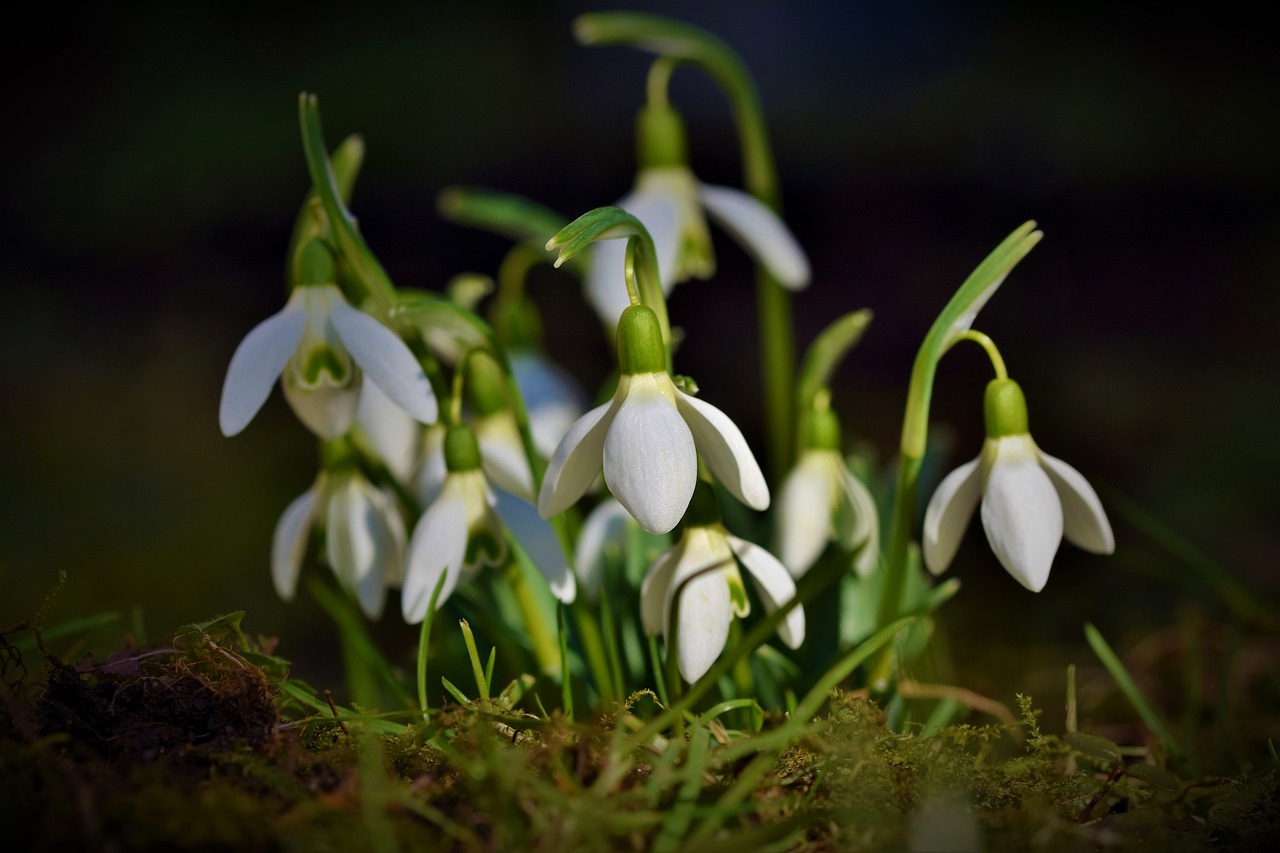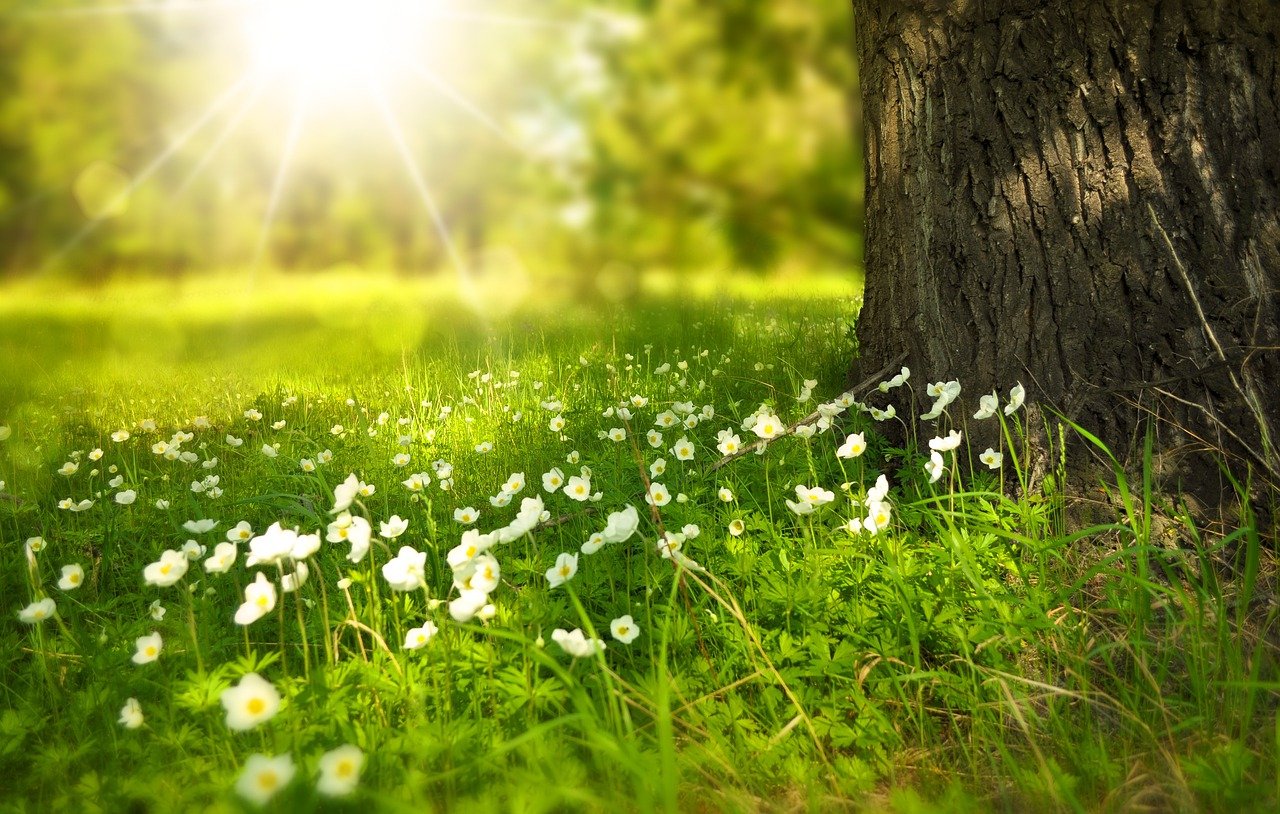Garlic is a member of the allium family, which includes leeks and onions. It is easy to grow and tends to be fairly disease- and pest-resistant.
When to Plant Garlic?
Generally speaking, if you live in a cool northern climate, plant garlic in the fall; if you live in a warm southern climate, plant garlic in late winter or early spring. For the most reliable information on planting in your area, contact your local extension office or nursery.
Types of Garlic
Garlic falls into two categories: softneck and hardneck.

Softneck garlic is the type most often found in the supermarket. The bulb is covered in papery layers, and the cloves are larger on the outside, becoming smaller and thinner as they get toward the middle. The leaves of the plant are pliable, so they can be braided. Common soft neck varieties are silverskin and artichoke.
Hardneck garlic sends up a hard flowering stalk called a “scape.” Hardneck bulbs have fewer and larger cloves and fewer papery layers than soft neck varieties. Common hard neck varieties include porcelain, rocambole, and purple stripe.
What is Elephant Garlic?
Elephant garlic is not actually garlic; it is more like a leek that produces large cloves. Its flavor is much milder than garlic, making it more pleasant to eat raw.
Planting Supermarket Garlic
If you like the garlic at your supermarket, you can buy a bulb and plant the cloves. But try to buy organic garlic, because it will be free of pesticides. For the best selection and highest quality, purchase your seed garlic at a nursery or garden supply shop.
How to Grow Garlic
Barbara Damrosch, in her classic text, The Garden Primer, states that garlic, like all onions, prefers “a sandy, fairly fertile loam; plenty of moisture but good drainage; cool weather to grow the tops; and warm weather to ripen the bulbs.”
When it’s time to plant, break the seed bulb into its individual cloves. You don’t need to peel them. Plant each clove approximately 2” deep and 6” apart, one clove per hole. Set the clove with the flat end down and the pointed end up. Cover with dirt. Mulch with leaves or straw for protection over the winter. This short video illustrates planting garlic cloves.
How to Tend Garlic
Garlic needs little attention. If there are problems with birds or other critters, place a net over it. Water it during long dry spells. Keep the weeds down. Know that garlic has little tolerance for a great deal of heat, overwatering, or for over-fertilizing.
If you plant in the fall, your garlic should be ready for harvesting in June or July.
How to Harvest Garlic
Harvest garlic when the plant tops turn yellow and start drying out. When most of the crop has begun drying, lift the plants with a garden fork. Shake off the excess dirt. Discard (or use immediately) any damaged bulbs. If you’ve planted softneck garlic, braid the garlic tops if you wish.
This is the time to set aside some of the prettiest, fattest bulbs to use for seed next season.
How to Cure Garlic?
After the garlic has been harvested, it must be dried out enough that it can be stored without spoiling (“cured”). Hang or spread freshly harvested bulbs in a warm airy spot out of direct sunlight. Air should circulate freely around the bulbs. Leave the roots and stems attached until the curing process is complete, which takes two to three weeks. Once cured, store it in mesh bags in a cool spot. The garlic should last several months.
Hardnecks & Softnecks: Rocambole, Purple Stripe, Silverskin, Artichoke & Turban Varieties
Garlic (Alium sativum) is an ancient crop grown by humans for several thousand years. A member of the onion and lily family, garlic originated in a broad crescent of south Asia starting in the Black Sea and Caspian Sea region and reaching across northern Iran, Afghanistan and several former Soviet Republics to western China.
Hardneck and Softneck
There are two distinct groups of garlic: hardneck and softneck. Hardnecks, sometimes called ophios, have the Latin name of Alium sativum ophioscorodon. Softnecks are known as Alium sativum sativum.
Most experts agree that the ophio garlics are the oldest and were the first domesticated varieties. They are well adapted to the harsh climates of southern Asia. Their smaller bulbs with many layers of bulb wrappers could withstand the long cold winters and hot dry summers, as well as unmanaged low fertility soils. As garlic was introduced to new areas such as southeast Asia and Europe, it encountered more moisture and better soils. Consequently, bulb size increased and the process of domestication created the softneck or sativum varieties.
Recently dozens of garlic varieties from the former Soviet Republics have become available in Europe and North America. A new classification system in use by commercial growers and seed companies is based on both degree of domestication and annual and geographical environmental influences. When choosing the best variety for growing in your region, keep in mind that ophio garlics grow best in the northern US. Sativum garlics can grow in both the north and south, but are really the only choice for southern growers.
Ophio Varieties:
- Purple Stripes have become very popular with both gardeners and chefs. They are attractive in appearance, very flavorful, store well and peel easily.
- Rocamboleshave a short shelf life, but because they are easy to peel and have big cloves, are preferred by cooks and chefs.
- Porcelain garlic varieties are quite new to the US but are gaining in popularity due to good storage and large cloves, often the size of Brazil nuts.
Sativum Varieties:
- Artichokegarlics are named for their resemblance to an artichoke. They are the most commonly grown garlics in the US. This group includes Susanville and California Early varieties that are the main crop in Gilroy, California. They make a large white bulb with mild taste, have from 12 to 24 cloves and are adapted to a wide range of soil and climate.
- Turbans are a subgroup of the Artichoke variety, mild to hot in taste. They make medium sized bulbs from small plants.
- Silverskin, also known as Italian, is the second most popular group which includes Silverwhite and Mild French varieties. Their taste varies from mild to hot, cloves can number from 8 to 40 and they are very good storage garlic, lasting from 6-12 months.
- Creoles are a subgroup of the Silverskin variety but they exhibit some characteristics of purple stripes (hardnecks). They prefer southern latitudes in the US.







